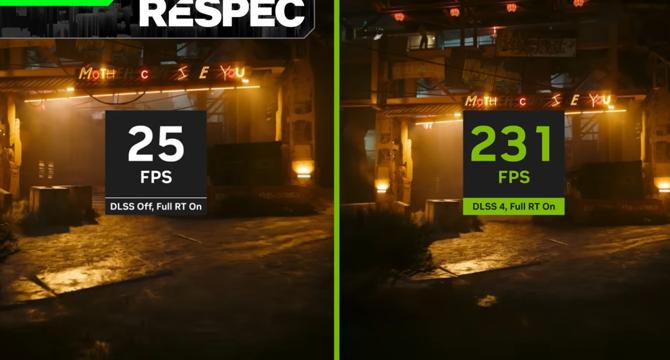Digitaltrends
1M
337

Image Credit: Digitaltrends
Nvidia’s DLSS 4 isn’t what you think it is. Let’s debunk the myths
- Nvidia unveiled their new RTX 5090 at CES 2025, which includes DLSS 4 offering over a 4x boost in performance for more than 75 games.
- Many are confused about DLSS 4's features, believing it “predicts the future,” instead it uses interpolation to predict interstitial frames between rendered frames.
- This tech adds some latency, but this is not much different from DLSS 3. DLSS 4 uses the same frame interpolation technique used by DLSS 3.
- DLSS 4 is different from DLSS 3; it uses a complete new transformer model that runs five independent AI models per rendered frame for ray reconstruction and multi-frame generation etc.
- DLSS 4 has better preservation of fine details and stability compared to DLSS 3 approach, and all RTX graphics cards will be able to leverage the features that are supported by each generation.
- The new transformer models' self-attention allows the DLSS 4 to focus more on highly problematic areas such as thin details with Super Resolution that may show shimmering.
- Latency will not be a big issue, as the time between each frame rendered using DLSS technology does not change much.
- Nvidia's Reflex 2 is not necessary for DLSS 4, and developers only need to implement the first version of Reflex for DLSS 4 to work.
- DLSS 4 has seen a few demonstrations, but it will be interesting to test its real functionality when the next-gen GPUs are launched.
- The new interim technology is potentially going to be a game-changer in the AI-driven industry.
Read Full Article
20 Likes
For uninterrupted reading, download the app